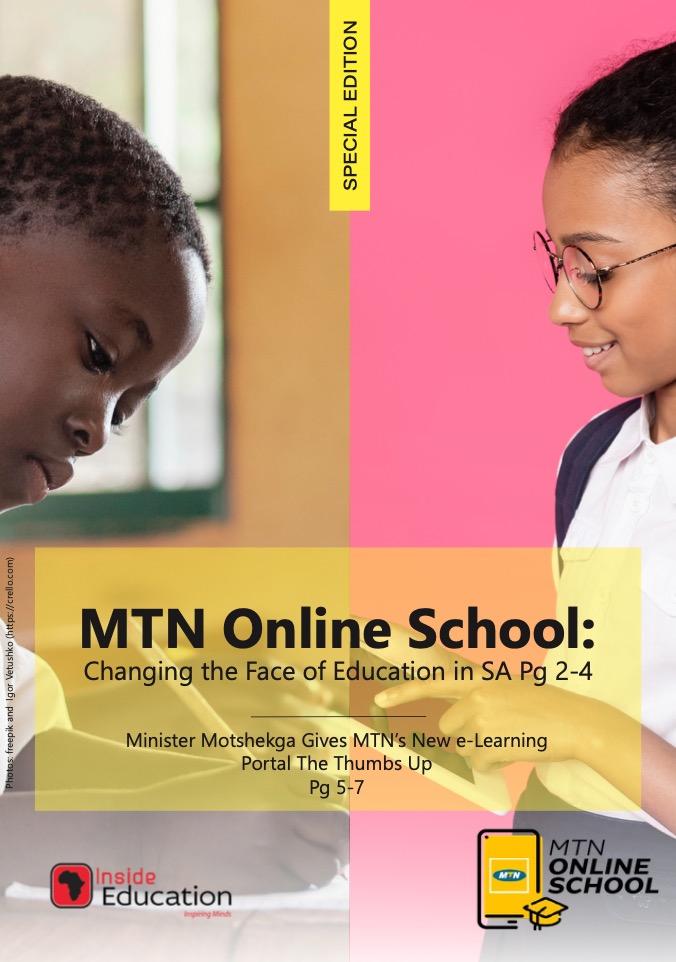Thabo Mohlala
Statistician-General, Pali Lehohla yesterday gave his final financial statistics presentation for 20 public universities and six universities of technology in Pretoria.
Lehohla’s 17-year tenure comes to an end on 31 October when he will be succeeded by Risenga Maluleke who has been with the organisation for 20 years. Maluleke will take over from November 1, 2017.
In his presentation, Lehohla highlighted the fact that universities enrol many students but produce fewer graduates describing the system as “constipated and wasteful”, adding that “its progression ratios show a declining cohort success”.
He said the overall enrolment increased by 975 837 in 2016.
“But generally the roll of students is around a million in a system the capacity of each can only generate 150 000 a year, meaning for a three-year degree they get only 450 000,” said Lehohla.
He also lamented the capacity and integrity of the Technical and Vocational Education Training (TVETs) to contribute to the country’s job creation.
“The rate of unemployment for the TVETs and specific age-groups is significantly much higher and does not follow the trends for those who are over 35 years old and above. And this begs the question as to why in a skills-hungry TVETs graduates are not employed. It also begs the question as to what is being taught at these TVETs”, said Lehohla.
TVETs have been ring-fenced to offer specialised education geared towards producing graduates with a range of artisan skills.
Similarly, Lehohla pointed out that the rate of black graduates is declining every year, saying this is very concerning for the country. Other aspects of the report showed that the universities paid more bursaries to students in 2016 than the year before. For instance, in 2015 the combined figure given to students in the form of bursaries amounted to R3.115bn while in 2016 this came to R3.271, an increase of R156 million.
The breakdown of the contributions to student bursaries shows that universities of Johannesburg, Nelson Mandela and Fort Hare contributed more than their counterparts.
Overall, the country’s public higher education institutions had a total income from operating activities of R67.4bn. According to the report, institutions received more in tuition fees from government totalling R21.595bn in 2016. This is an increase from the 2015 figure of R21.287bn. Unisa, said the report, raised more tuition fees, collecting R2.8bn, followed by the University of Pretoria with R1 927bn.
Universities also receive cash from other operating activities and this increased by R6.4bn‚ from R60.956bn in 2015 to R67.366bn in 2016. The report attributed the increase to the Department of Higher Education and Training grants including tuition fees. The report further indicated that universities of Cape Town, Stellenbosch and Pretoria this year collected R15.7bn through other activities other than tuition fees.
In his past presentations, Lehohla has always highlighting the country’s education system’s deficiencies. Early this year he told the higher education fees commission that “South Africa is a lost cause when it comes to education”. His views seem to echo a fairly widespread perception that the country is not getting returns for its investment given that education gets a lion’s share of the country’s overall budget every year and yet produces very little outcomes.
Lehohla further told the commission that the country has great policies of making education generally accessible but these are not matched with the necessary support and results in black people not making it at universities.
Lehohla also called for the release of the Fees Commission’s findings.







